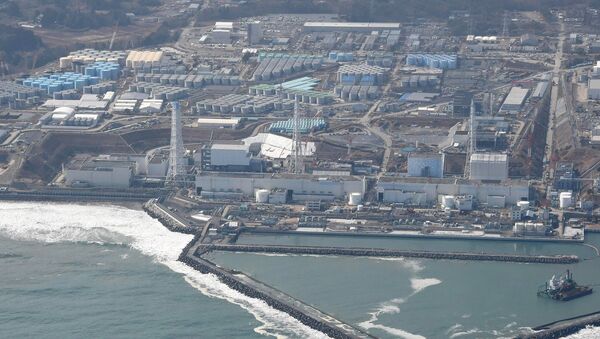MOSCOW (Sputnik) — Soon after the March 2011 Fukushima Daiichi nuclear plant disaster, the government issued evacuation advisories to households in nearby areas. All advisories in the Fukushima Prefecture were removed by the end of 2014.
A total of 535 plaintiffs from the city located just north of the crippled nuclear plant are demanding authorities cancel the advisory removal, and pay a compensation of 100,000 yen ($837) to each complainant, according to the newspaper.
"The government has selfishly raised the limit on annual public radiation exposure from 1 millisievert [a radiation measure equal to 1,000 sieverts] set before the nuclear crisis to 20 millisieverts, having residents return to their homes still exposed to high doses of radiation," the news outlet quoted Kenji Fukuda, an attorney representing the plaintiffs, as saying.
By contrast, government official quoted by the paper said radiation levels in the area of the most significant nuclear catastrophe since Chernobyl were "unlikely to have a significant effect on the residents health."
In 2011, the Fukushima nuclear power plant was hit by a 14-meter (46-foot) tsunami, triggered by a 9.0 magnitude offshore earthquake.
The tsunami caused three of the plant's six reactors to melt down and radioactive materials leaked into the sea and air. Some 140,000 people were evacuated from settlements near the plant, many of whom have been unable to return to their homes due to high levels of radiation. Officials say 40 years will be necessary to return the area to normal radioactivity, a figure highly disputed.



